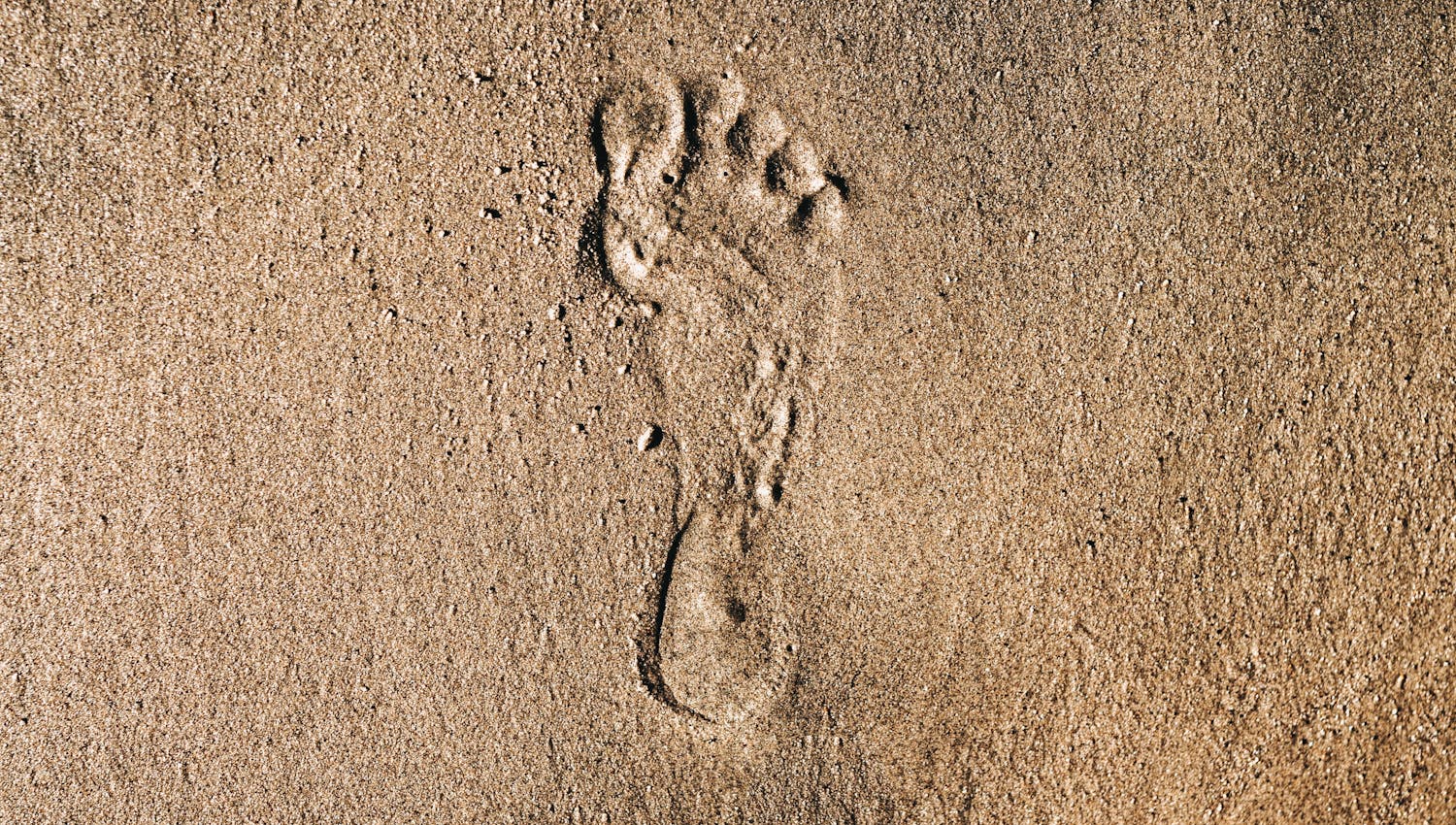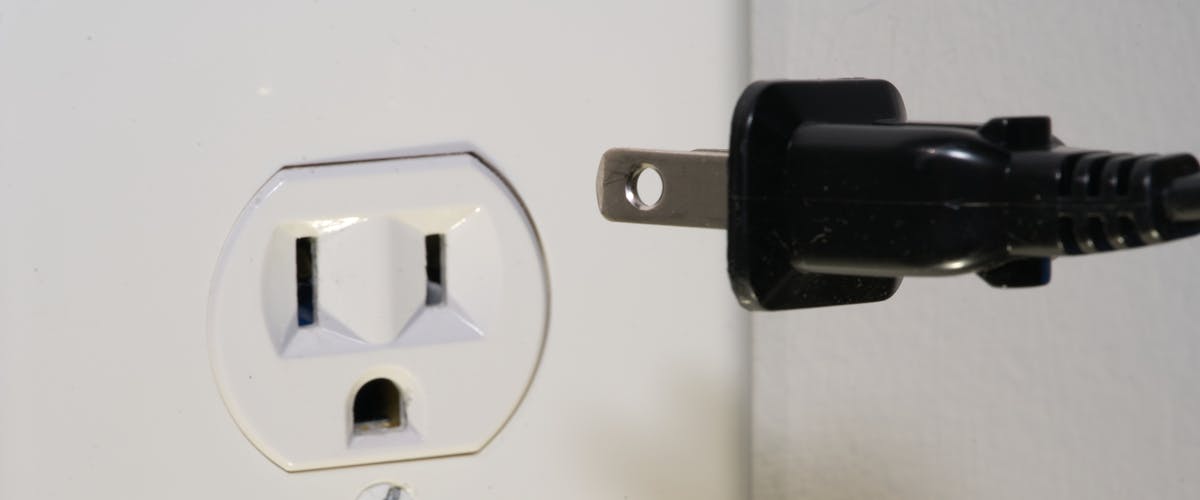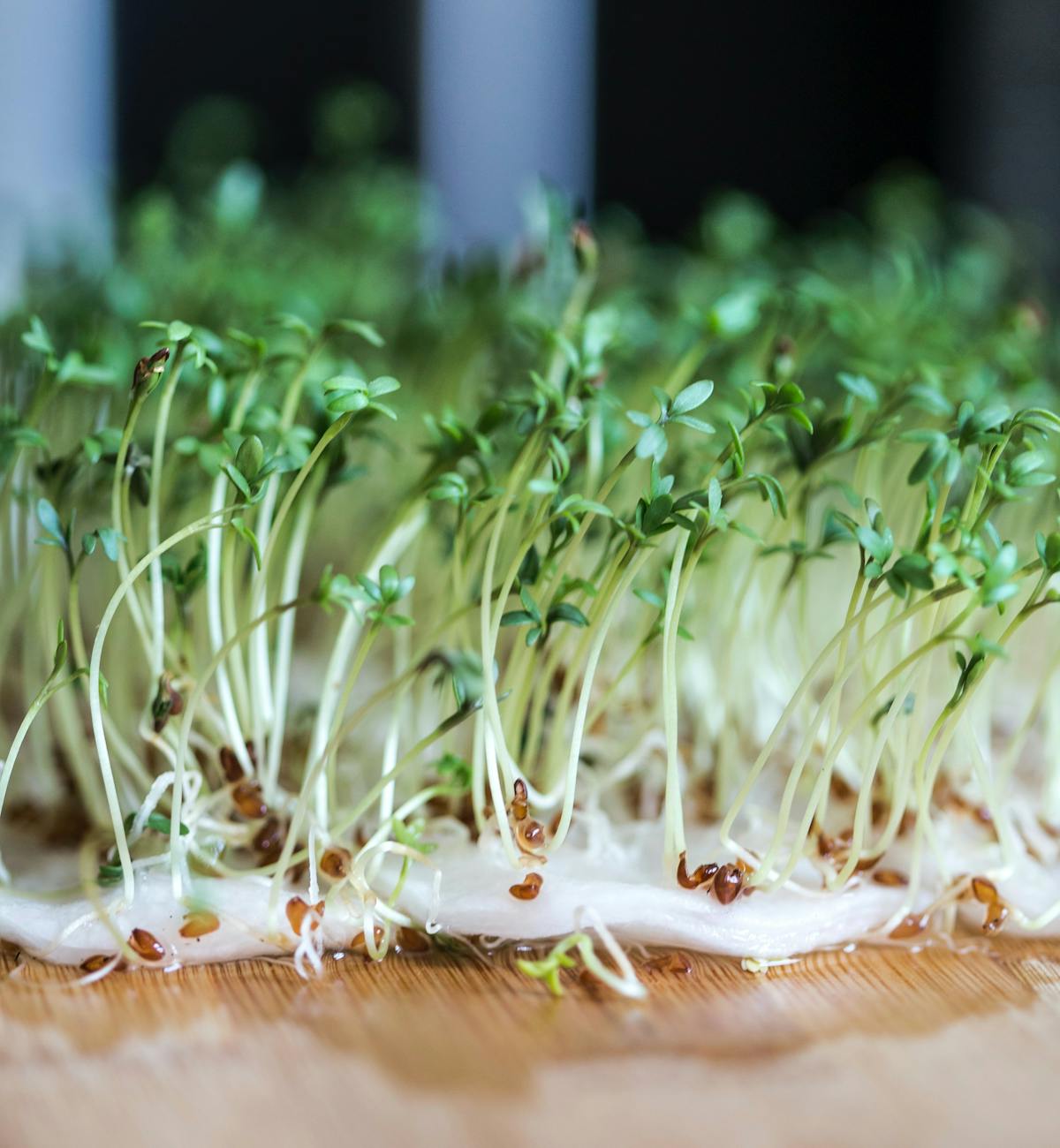8 ways to reduce your carbon footprint
28 March 2020
5 min read

1. Move your ass and take the bike
Taking the bike everywhere would of course be amazing. You would reduce your carbon footprint significantly and become fit as fuck in the process too, happy days! Unfortunately, though, this is also very unrealistic for many. But let's take it one step back and just set some simple goals in driving less: take public transport to work every now and then, do everything that you can reach within 15 minutes by bike or on foot also through one of these two methods, or try carpooling/ridesharing and meet some new people while reducing your CO2 emissions. And if you really need a car because you're going to customers all day or live far away from work (just move closer to work) consider replacing your current CO2-emitting monster with a hybrid or electric car - Tesla appears to make pretty nice cars.
2. Unplug your devices if you don't use them
While taking the bike might be considered a tough physical endeavour, the next items on the list are easy as fuck. Basically anything you use at home these days requires energy, but how many of these devices/appliances/tools are you also using all the time? Even though everything has a standby mode, they still use a tiny bit of wasted energy while being plugged in. A study from 2015 by the NRDC even shows that all these idle devices cost the average U.S. household about 165 dollars a year [2]. So if you watch TV for an hour a day or use your beloved milk frother for your cappucino only in the morning, just unplug it the rest of the day. Saves the environment, and if you do it well also a bit of money on your energy bill every month.

3. Switch your lights off if you're not in the room
Similarly as to the one above, you don't need to have your lights on in the bedroom before you actually go to bed right? So if you're leaving a room and don't plan on going back anytime soon, just switch off the lights.
4. Cut down on animal produce
It is well-known that the animal agriculture industry is far from harmless. But did you know that livestock and their byproducts account for more than half (51% to be precise) of all global greenhouse gas emmissions per year? Safe to say that eating less animal produce (especially reducing the consumption of beef) is the number one step to take to reduce your carbon footprint. You don't immediately have to go full vegetarian or even vegan because we have the best animal alternative for you: insects! Farming the same weight of cricket compared to beef requires 12x less food, 2000x less water, and emits 100x less greenhouse gas emmissions [5].
5. Buy local, seasonal and/or organic food
The origin of the products you eat might have a bigger impact on your carbon footprint than you think. It's not just that the entire process of animal products is bad for the environment, but also the roads these products have travelled. Try to eat local and seasonal food that does not need to be shipped from the other side of the world because they cannot be produced close to you. The closer something is produced, the smaller the distance that product needs to have covered to reach you and the smaller the carbon footprint is. And think about it, how much better are fresh strawberries in summer when they are in season than those frozen ones that have travelled thousands of kilometers? I'd say worth the wait.
6. Avoid plastic use: reuse and recycle more
Plastic is one of the biggest polluters around for a long time now. An article from 2017 estimated that up until the time of the article approximately 8300 million metric tons of plastic were produced by humans [1]. That is a figure with 11 zeroes: 8300000000000 kilograms of plastic! Considering humans only started mass-production of plastic around 1950, these numbers are even worse. Currently, only 9% of plastic is recycled, meaning that 91% of plastic used simply turns to waste. Ergo: please don't use more plastic than you truly need to. Use sustainable and reusable containers and bags to avoid using new plastic every time for example, or buy things wrapped in paper or in a glass jar instead of plastic when possible.
7. Get your energy from a green source
Change energy provider to a certified green energy provider so you at least know that the energy you're using comes from a green source. Or try and do even better: generate your own energy by investing in some solar panels if you have the possibility of putting them somewhere.
8. Get your hands dirty and do some farming
No matter how you live - in a castle with a garden bigger than the average house or in the basement of a fixer-upper in the middle of nowhere because you cannot affor better - planting and growing some plants is always a green choice! First of all, plants have the amazing capability of absorbing CO2 and thereby instantly reducing your footprint if you have a couple of green friends. Up until now, plants have been a great help in absorbing the ever-increasing human emissions, but it seems that it won't take much longer before they reach their absorption limits [3]. Choosing which plants to grow is of course completely up to you, but why not buy some herbal plants that you can actually use yourself? They reduce your carbon footprint and also give you the opportunity to add some fresh basil to your homemade pizza or fresh mint in your mojitos!

- Geyer, R., Jambeck, J. R., & Law, K. L. (2017). Production, use, and fate of all plastics ever made.Science advances,3(7), e1700782.
- NRDC. (May 2015). NRDC: Home Idle Load - Devices Wasting Huge Amounts of Electricity When Not in Active Use. Accessed February 29, 2020 at: https://www.nrdc.org/sites/default/files/home-idle-load-IP.pdf
- Gibbens, Sarah. (2019, May 16). Plants help absorb our carbon, but for how much longer? Accessed February 28, 2020 at: https://www.nationalgeographic.com/environment/2019/05/plants-help-absorb-carbon-emissions-for-now/
- Cowspiracy. The Facts. Accessed February 29, 2020 at: https://www.cowspiracy.com/facts
- Naakbar. (2019). WHY YOU SHOULD EAT INSECTS: CRICKET VS BEEF. Accessed February 29, 2020 at: https://naakbar.com/blogs/articles/why-you-should-eat-insect-cricket-versus-beef
